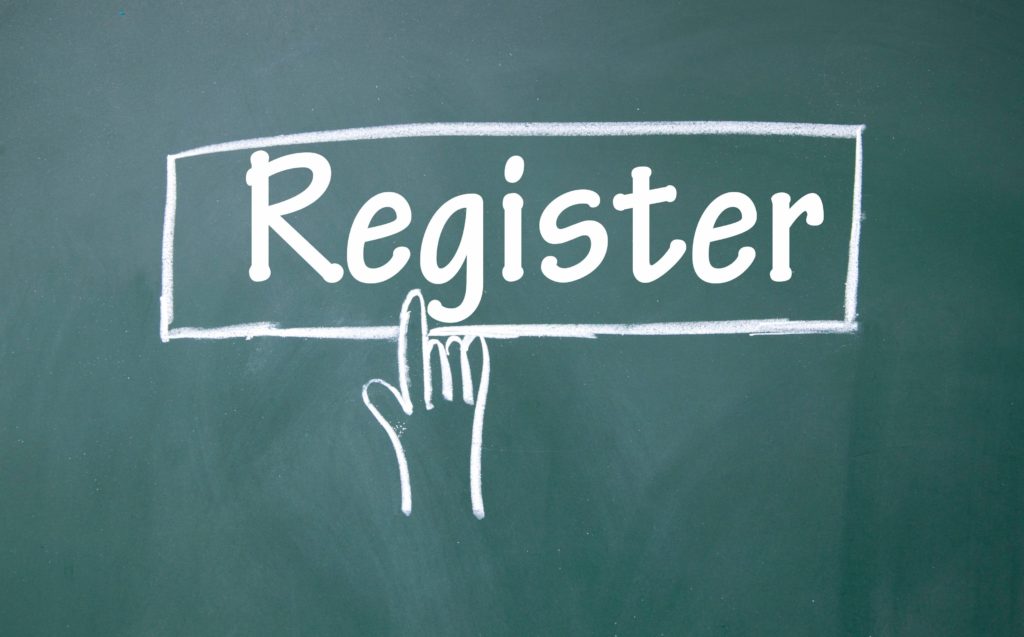Do you have a business or a great business idea that you want to commercialize? If you want to get the most out of it, take it online. All you need is a great domain and reliable web hosting.
However, when it comes to hosting, you need to select the right one for your brand among managed hosting, cloud hosting, cms hosting, bare metal hosting and more. So make sure that you choose your hosting after deliberation.
Setting your business online will expand your potential customer base and boost your product beyond brick and mortar. When you first lay your online foundation, you will automatically know the various building materials you need. This will automatically aid you in making informed brand decisions and talk to experts where need be.
Here is all the essential information you need to know so that you can find a domain name that stands out and attracts the right audience to boost your brand.
 Image source: canva.com
Image source: canva.com
Domain Name
This is the location of your website on the internet. Domain names were brought to work alongside the Internet Protocol (IP), which is a series of unique numbers that identify the explicit computer server in which the website has been hosted. A name is pretty simple to remember compared to a chain of numbers. With the help of a DNS, we get to forget about IP addresses and instead only need to remember domain addresses. Domain names can play a crucial role in mobile micro-moments by providing a seamless experience for users who search on the go. For these reasons, many businesses choose to invest in prime domains that are easily memorable and effective for branding. This can lead to improved search engine rankings and greater trust among potential customers.
When looking to secure a domain you need to use a domain registrar, which will allow you to purchase a license for a domain name. The license period ranges from one year to multiple. While searching for a specific domain you’ll need to use a domain checker like the one that can be found here: hostinger.com/domain-checker. These tools let you figure out if a specific domain is available and help you by providing some alternative suggestions.
Domain Name Extensions
When you have decided to take your business online, you will not only be required to have a catchy domain name but also the right domain name extension that will make your brand thrive well among the rampant competition. Luckily, domain name extensions are very simple to understand. Nevertheless, the challenging part is choosing one that is appropriate.
Domain name extensions are the last part of a domain name. For instance, in pixpa.com, the domain name extension is .com. Together, the domain name and domain name extension give you a working name that your customers can key-in to access your website.
At Name.com, you can find more unique domain extensions, such as .studio domains. You’d want to use this domain if you run a creative business, like a dance or a design studio
 Image source: canva.com
Image source: canva.com
Top Level Domains or TLDs
Top-level domains are the highest level in the Domain Name System (DNS) structure. They present in different types, including:
Country Code Top Level Domains or ccTLDs
These are domains that are used for geographical locations. For instance, .uk signifying the United Kingdom. When these domain types were unveiled, only the residents of certain countries were allowed to register their domains using a corresponding ccTLD. However, as the years have gone by, quite a number of countries have allowed even non-residents to use the domains. A perfect example is .tv (Tulavu)
Some other countries have enforced strict rules regarding their ccTLDs. For instance .au domain names. If you want to register a domain name with a .com.au TLD, you must be an Australian resident or have business interests in the country. This TLD is strongly related to Australia and has fostered a lot of trust among its local and overseas clients.
Generic Top-Level Domains or gTLDs
gTLDs are the popularly known TLDs like .com, .info, .org, .net— they can be registered anywhere and by anyone around the globe. But some other gTLDs that have been released recently and available in various domain checkers have some restrictions. There are plenty of extensions out there, and it’s important to know the different meanings of each. For example:
- .com – indicates a commercial website but is commonly used on anything.
- .net – shows a network. This is great for networking sites.
- .org – the preferred pick for organizations and non-profits.
Sponsored Domain Extensions
These are the domain extensions that are restricted to certain groups or organizations. Before you register these TLDs, you have to certify some requirements with restrictions on who can register. Some of the common examples of these TLDs include, .gov for official government sites, .edu for educational institutions.
Internationalized Country Code Top-Level Domains or IDN ccTLD
These are top-level names that come with the specially coded format allowing it to be presented in a non-Latin character set. For example, an extension using the Cyrillic alphabet like .p?

Image source: canva.com
Second Level
The second level is directly below the TLD in the DNS structure. The second level is often referred to as the domain label. So in an example like google.com, google is the second-level domain, while .com is the TLD.
Third Level
This one is slightly trickier. The third level domain is commonly also the domain level but works with ccTLDs. A website like example.co.uk would mean that .co.uk is a second-level domain under the .uk top-level domain, making “example” the third level domain.
Subdomains
This section of a domain is a way to extend it with an additional part. They’re normally used to improve the organization of a website’s hierarchy. Let’s say you have a business website called example.com and want to have a different space, with a different CMS for running its blog. You can host the blog on a subdomain like blog.example.com.
Domain Name and Brand Awareness
Thousands out there have the same product as you. So what can make you stand out? The best thing is to do the small things right. Many marketers underestimate the power of domain names. A great domain name can make your message the message you want to be delivered effectively. This is all you need for your business to stand out.
In a Nutshell
A great domain is the heart of every business. It is imperative for you to understand the structure or domains and use of domain name TLDs to get the most out of your website. Hope this article sets you on the right track and will help you choose a perfect domain and web hosting. Once you have picked what name you want to go with, look for the best domain name registrar. Good luck.
About the Author:
Mary is a passionate blogger and the chief editor at her own content marketing company PRable.com. Since college, she’s been interested in break-through technology and technical writing about innovative products and services that change our everyday lives for the better. She’s also interested in web design and photography.


